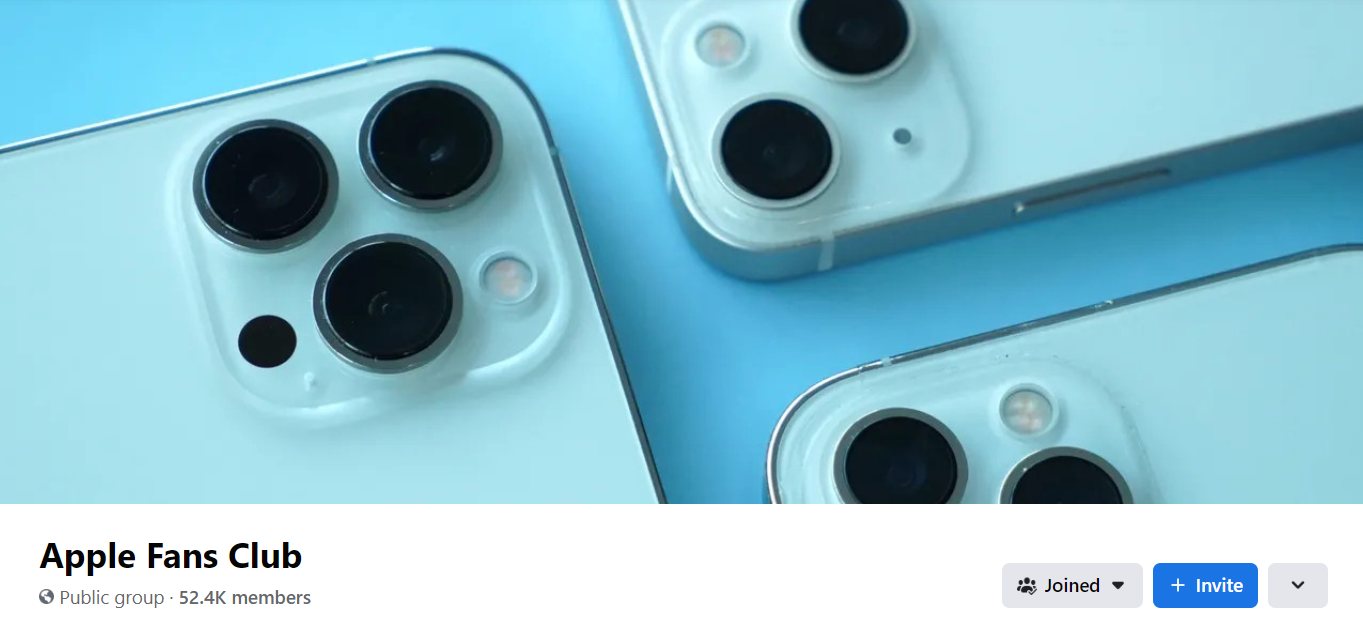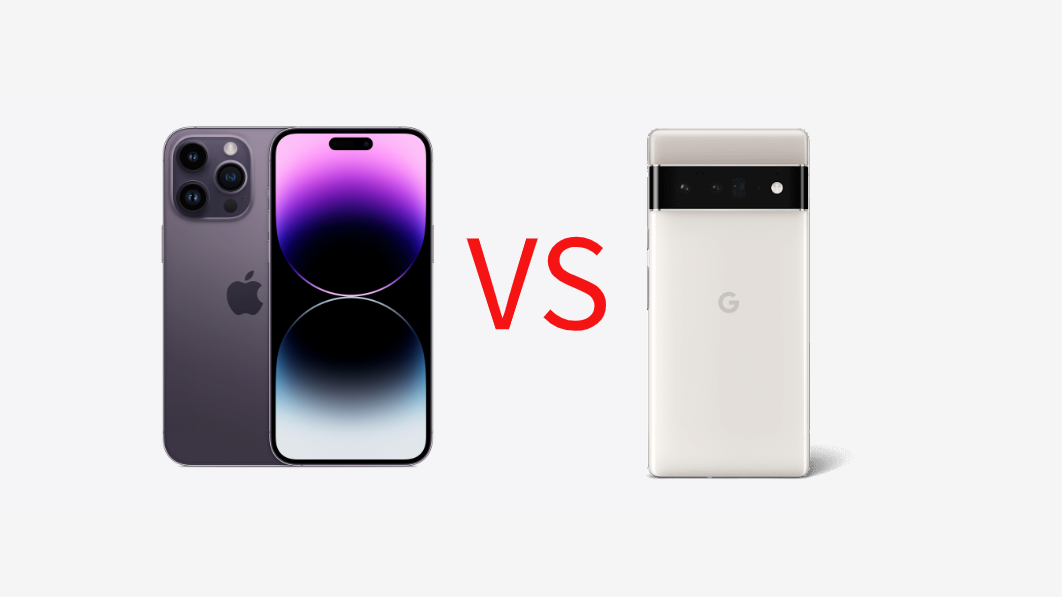I tested the iPhone 14 Pro Max last week or so, and I believe it sets the stage for bigger changes next year. Plus: A new “buy now, pay later” feature has been mysteriously delayed, Apple may not have enough money for another event in 2022, and the company’s growing profile in the sports world.
In the early days of the iPhone, users could expect a major overhaul every two years. At the time, that coincided with the two-year carrier agreement that dominated the cellular industry.
For example, the revamped iPhone 4 was introduced two years after the design of the new iPhone 3G. The overhauled iPhone 5 came two years later than the iPhone 4. The redesigned iPhone 6 came two years after the iPhone 5.
That changed in 2016, when Apple switched to a three-year redesign cycle, extending the time between major iPhone updates.
Apple has retained the look of the iPhone 6 with the iPhone 8. The design of the iPhone X is retained in the iPhone 11, while the iPhone 12 form factor is retained in the iPhone 14.
Based on Apple’s current model, we can expect an improved iPhone design next year, along with a move to USB-C and the potential for a new Ultra model to replace the Pro Max.
With that in mind, the new iPhone 14 Pro Max is real. It’s largely the same design as its predecessor, and there’s no reason to urgently need an upgrade.
If you have an iPhone 12 Pro or iPhone 13 Pro, I can’t seriously recommend making a switch unless you get a strong trade-in deal.
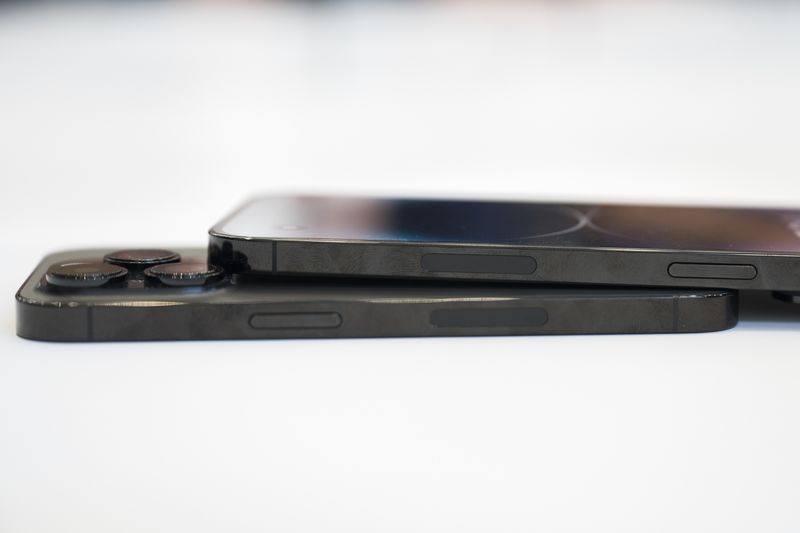
That said, the iPhone 14 Pro Max is a bit more of a jump from its predecessor than the iPhone 13 Pro Max was.
I’ve been using the new model for about a week, and the biggest standout features have been the redesigned notch with the Dynamic Island, the always-on screen and the upgraded camera system. In terms of the new safety capabilities, I hope to never have to test car-crash detection or the satellite SOS feature (and the latter won’t arrive until later this year anyway).
As an aside, once satellite-connected emergency devices are in the hands of tens of millions of people, I am curious how Apple will prevent customers from using the feature as a prank or for YouTube views (I’m not recommending this) and what penalties would be incurred for doing so.
Garmin Ltd. allows users to schedule test calls to try out its satellite functionality, and I think Apple may want to take a similar step. It helps assure customers that the satellite connectivity works and eliminates the itch to misuse it. With other products, pranks can be costly. Misusing a Breitling emergency watch, which has beacons to send out distress signals, can reportedly result in a $100,000 fine.
Let’s go over the new features, starting with the one with the boldest name.
Dynamic Island

When it comes to marketing and online buzz, Dynamic Island is the iPhone’s biggest new feature. Let’s face it: Apple deserves credit for turning bangs (one of the iPhone’s least attractive elements) into a smooth interface for alerts and background apps.
So far, though, I’ve found Dynamic Island impressive. In my opinion, there are only four real reasons to use it: phone calls, music playback, map directions, and timers.
Before Dynamic Island, banner notifications for incoming calls would be too small and difficult to click. I keep accidentally opening the full call frame instead of just answering the call. The tap target on the Dynamic Island is much larger, making it easier to quickly answer or reject calls while using the device.
I also think that being able to monitor timers and get incoming alerts in a single interface—whether it’s about charging, AirPods pairing, incoming AirDrops, or privacy indicators—is an improvement over the iPhone. But if you just bought an iPhone 13 last year, it’s definitely not worth the price.
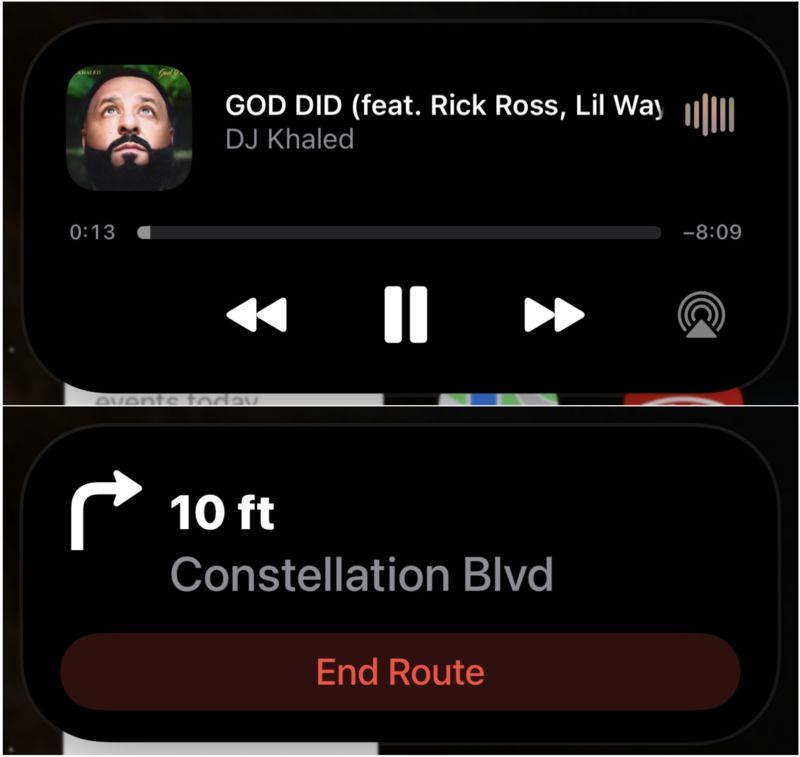
While the interface is convenient, it’s not a big change from the previous iOS alerts and audio interface. Previously, users could quickly adjust audio via Control Center or the lock screen. They’ll also get an overlay of the map’s directions at the top of the screen.
I think dynamic islands will be significantly improved with the help of the developers. It will be very useful once Uber, Lyft, airlines, ESPN, Starbucks and others add app support. Imagine real-time updates on where your car is, where your flight is, the score at a Lakers game (okay, maybe not this upcoming season) or when your drink is ready – all in an unobtrusive way The way.
Apple could also improve the system itself. As Parker Ortolani modeled on Twitter, Island should replace banner notifications as Siri’s new home and provide a dedicated interface for Apple Pay. But those details may take time. As with other major new features in recent years, my assumption is that Apple won’t make major improvements to it until iOS 17 at the earliest.
Another small issue: like everyone else, I don’t like the way Dynamic Island handles long presses. Currently, pressing and holding the interface will open the Island controls, while a short press will take you to the corresponding app. But the feeling should be the other way around.
I do think a lot of these discussions will become moot in a few years. The bigger picture here is that the Dynamic Island exists because a hardware change allowed Apple to shrink by 31 percent from last year and push the proximity sensor behind the screen. A few years later, we’re moving toward full-screen iPhones.
Always-On Display
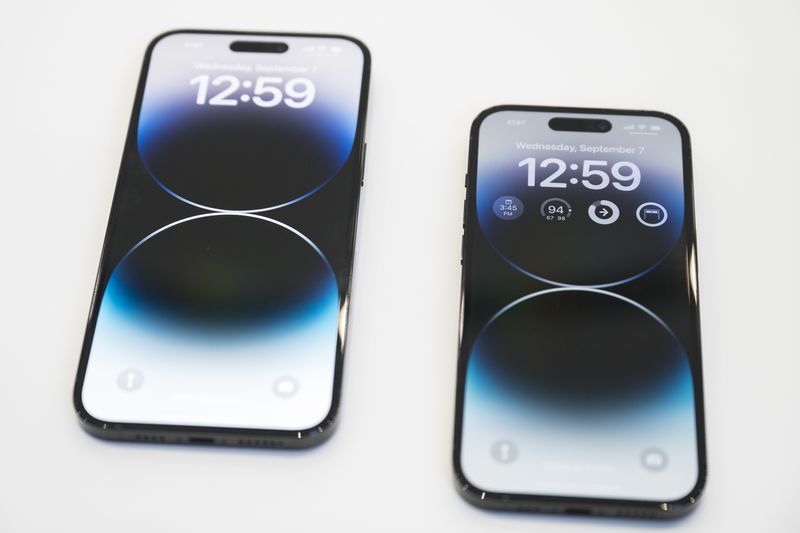
Apple’s always-on screen method is different from what you get on an Android device. For the iPhone 14 Pro and Pro Max, this mode shows the entire display and all its contents at low brightness and frame rate. It’s basically the same experience as Apple Watch Series 5 and later.
In contrast, the Android always-on screen typically only displays relevant items such as the date, time, and widgets. Which is better? Well, it’s only been a week, but I find Apple’s implementation distracting. I’ve been looking at my phone thinking I’m getting a call or incoming notification because the screen is on.
I believe Apple should allow users to choose whether they want the always-on screen to show the entire display or just the top half of the phone — the time, date, and where the widgets are. I also thought it might help with some of the battery life issues I and others have had with newer devices so far.
48-Megapixel Camera
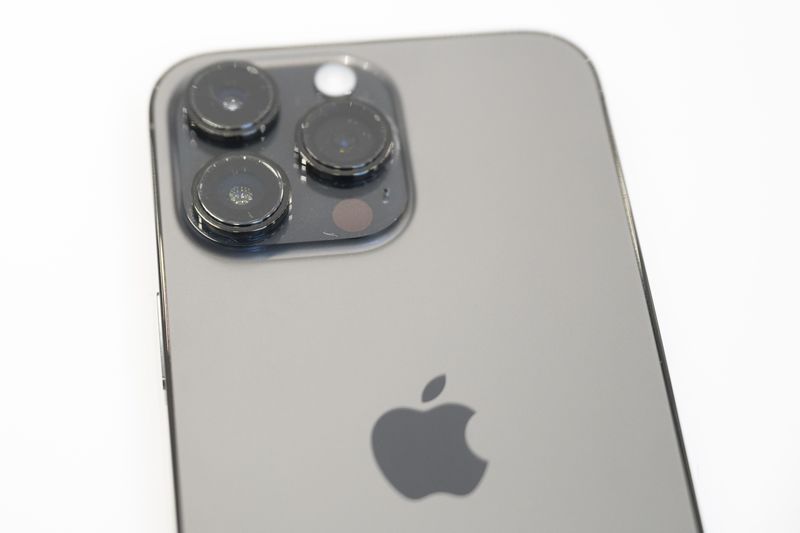
In my opinion, the key new feature of the iPhone 14 Pro Max’s camera is its 48-megapixel sensor for its wide-angle lens. Compared to last year’s model, I didn’t notice significantly better color or sharpness in photos, but you can really see the difference when looking at the resolution and sharpness of the zoomed-in picture.
Due to the large file size of 48-megapixel photos, you must manually enable this feature by opening ProRaw. There’s a toggle in the iPhone’s camera app, and there’s an option in the Settings app to keep it on at all times. If your iPhone has 512 GB or 1 TB of storage, it might be worth keeping it. This gives you the full capabilities of the camera.
Given the overall changes, I can safely recommend this device to anyone who currently owns an iPhone 11 or earlier. If you have an iPhone 12, it’s going to be a tougher sale, but in addition to the latest changes, you’re at least getting battery life improvements and ProMotion.
If you have an iPhone 13, I would wait another 12 months to get an iPhone 15. That’s when we’ll see bigger changes, including a possible rebranding of the Pro Max to the Ultra.
The Bench
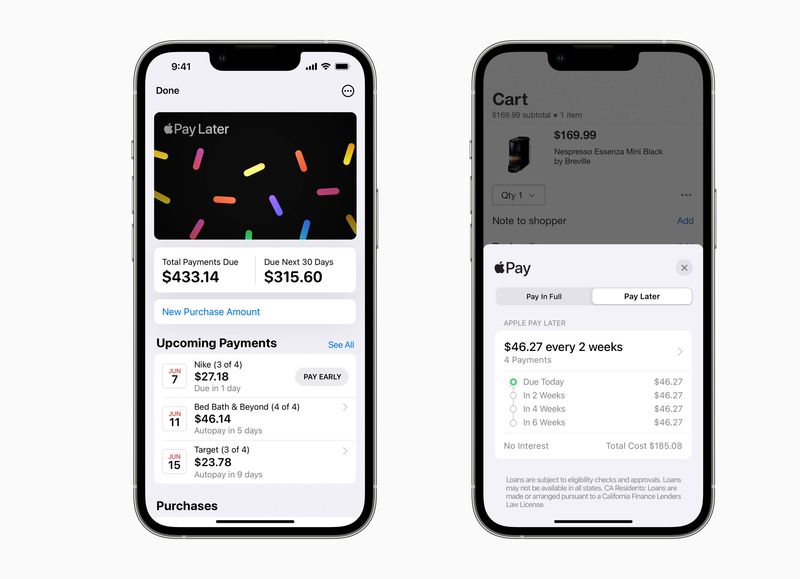
Apple Pay Later is one of several features in iOS 16 that missed the initial release. But I think there’s a lot going on here. Look, Apple’s wording is very careful. Of the nearly six features listed, Apple Pay Later is the only one that doesn’t have a time frame. All other delayed features are listed as coming “later this year.”
This leads me to believe that the company isn’t entirely sure when Apple Pay Later will be ready to launch. The feature may not appear until iOS 16.4 in the spring. I’ve heard that there were considerable technical and engineering challenges in launching the service, leading to delays.
Read more articles: https://www.facebook.com/RedTomElectronics/
If you have more ideas to discuss with us, welcome to join our Apple Fans Club on Facebook.


